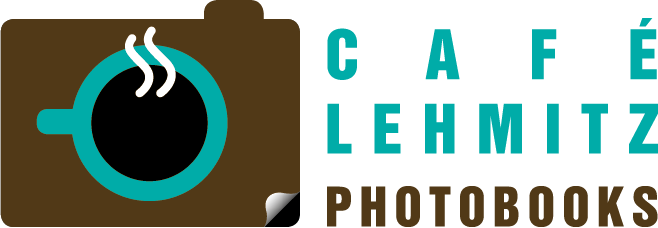About Latvian photographer, Gustavs KLUCIS (1895-1938)
Gustvas KLUCIS was a pioneering photographer and important member of the Constructivist avant-garde in the early 20th century. He is one of four artists credited with the invention of political photomontage in 1918 (alongside the German Dadaists Hannah HÖCH and Raoul HAUSMANN and the Russian El Lissitzky). He had begun his artistic training in Rīga in 1912 and continued in Moscow in 1918, where he began studying art under Kazimir Malevich and Anton Pevsner. After graduating, he remained there as a professor of color theory from 1924 until its closure in 1930. He and his wife Valentina KULAGINA achieved fame with their photomontages, for which they used a special composition of the images, distortions of scale and space, as well as changing and colliding perspectives as creative means. Originally cheerful, revolutionary and utopian, by 1935 his art had become a supporting instrument of Stalin's personality cult. In the course of the NKVD's Latvian Operation, he was arrested in 1938 and subsequently executed.
(Photo)Books with works by Gustavs KLUCIS
- 'Retrospective' (1991); 'Strasbourg Catalog' (2005);

 Deutsch
Deutsch
 English
English